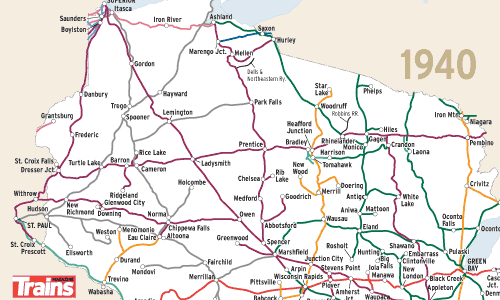
When Al Kalmbach published the first issue of Trains in November 1940, the company’s home state of Wisconsin boasted 6,675 route-miles of railroad, a total that had peaked at 7,500 two decades earlier and was declining. Lingering effects from the Great Depression kept the state’s three largest railroads in bankruptcy — Chicago & North Western, […]
Read More…
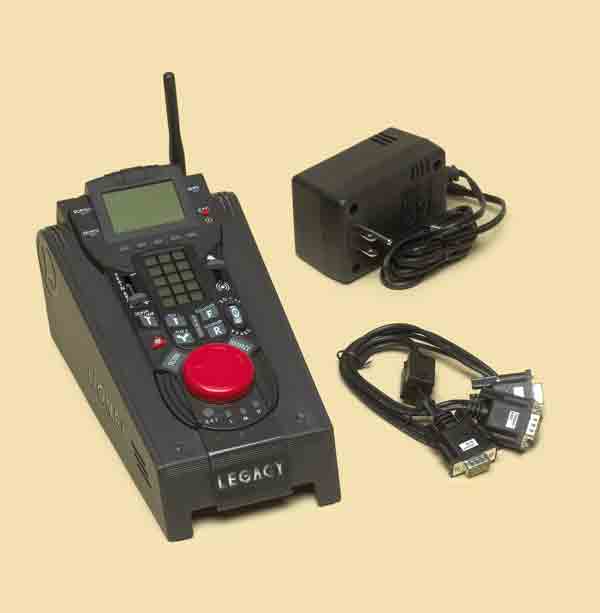
Lionel’s Legacy Command Control System EVERYONE AT CLASSIC TOY TRAINS RUNS TRAINS DIFFERENTLY, and consequently our expectations for Lionel’s new Legacy control system differed. Kent Johnson is Mr. High-Tech, always looking to improve his railroading experience with the latest gadgets. His home O gauge layout includes separately wired blocks, ample powered switches, and realistic operation. […]
Read More…

Jeff Wilson and Robert Wegner This Map of the Month appeared in the February 2007 issue of Trains magazine. Twenty-five years separate these two maps showing the busiest freight railroad lines in the United States. The 1980 map depicts American railroads at the end of regulation — the Staggers Rail Act of 1980 was signed […]
Read More…
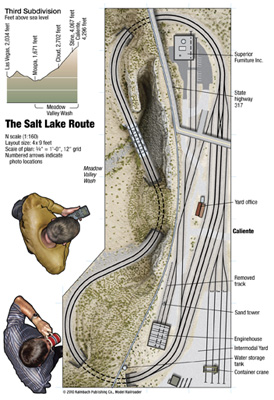
Name: The Salt Lake Route Scale: N (1:160) Size: 4 x 9 feet Prototype: Union Pacific Locale: Meadow Valley Wash in southern Nevada Era: present day Style: island Mainline run: 15 feet Minimum radius: 10″ Minimum turnout: no. 6 Maximum grade: level Originally appeared in the January 2010 issue of Model Railroader. Click on the […]
Read More…

Having trouble viewing this video? Please visit our Video FAQ page In the September issue expert modeler Pelle Soeborg gives you tips for making your layout look realistic in photographs. Subscribers can check out this video of trains running on Pelle’s modern-era Union Pacific layout. […]
Read More…

Having trouble viewing this video? Please visit our Video FAQ page In the September issue expert modeler Pelle Soeborg gives you tips for making your layout look realistic in photographs. Subscribers can check out this video of trains running on Pelle’s modern-era Union Pacific layout. […]
Read More…
Q In March Trains, an article on the demise of semaphore signals on the former Monon [Page 14] mentioned that CSX was doing away with lineside pole lines and their maintenance. It said the new system will use Electro Code, a system where signal communications run through the rails. How is this done?– Richard K. […]
Read More…
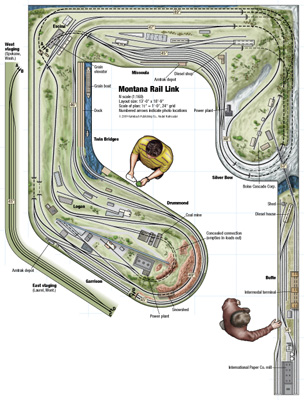
Name: Montana Rail Link Scale: N (1:160) Size: 13′-0″ x 18′-9″ Prototype: Montana Rail Link Locale: Montana Era: current Style: walk-in Mainline run: 144 feet Minimum radius: 16½” Minimum turnouts: Peco long-(main) and medium-radius (yards) Maximum grade: 2 percent Originally appeared in the May 2009 issue of Model Railroader. See a PDF version of this […]
Read More…
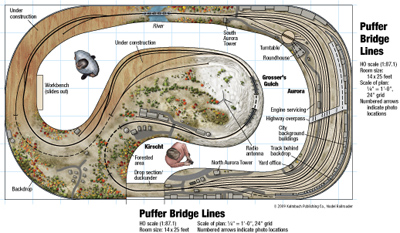
Name: Puffer Bridge Lines Scale: HO scale (1:87.1) Size: 14 x 25 feet Prototype: freelanced Locale: freelanced United States Era: contemporary Style: walk around Mainline run: 85 feet Minimum radius: 30″ Minimum turnout: no. 6 (main), no. 4 (yards) Maximum grade: none Originally appeared in the February 2009 issue of Model Railroader. See a PDF […]
Read More…
Q On many Union Pacific refrigerated boxcars, the reporting mark “ARMN” appears below the UP shield. What railroad is that?– Kevin Margan, Madison, Wis. A Normally any reporting mark not ending is “X” indeed stands for a railroad company (“X” signifying privately owned cars), and UP, like several Class Is, still uses initials of railroads […]
Read More…
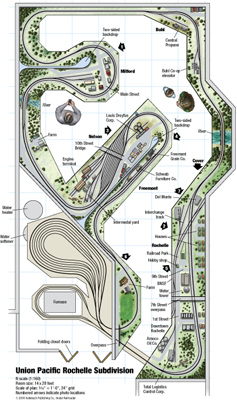
Name: Union Pacific Rochelle Subdivision Scale: N (1:160) Size: 14 x 28 feet Prototype: Union Pacific Locale: Northern Illinois Era: present day Style: walkaround Mainline run: 165 feet Minimum radius: 20″ (main), 13″ (staging) Minimum turnout: handlaid, no. 6 Maximum grade: 1.1 percent Originally appeared in the November 2008 issue of Model Railroader. See a […]
Read More…
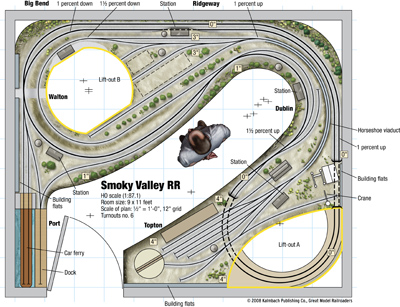
Track plan at a glance Name: Smoky Valley RR Scale: HO (1:87.1) Size: 9 x 11 Prototype: ET&WNC, L&N, Southern, and others Era: 1950s to present Mainline run: 40 feet Minimum radius: 20″ Minimum turnouts: no. 6 Maximum grade: 2.2 percent Originally appeared in the February 2008 issue of Model Railroader. Also appeared in 102 […]
Read More…









